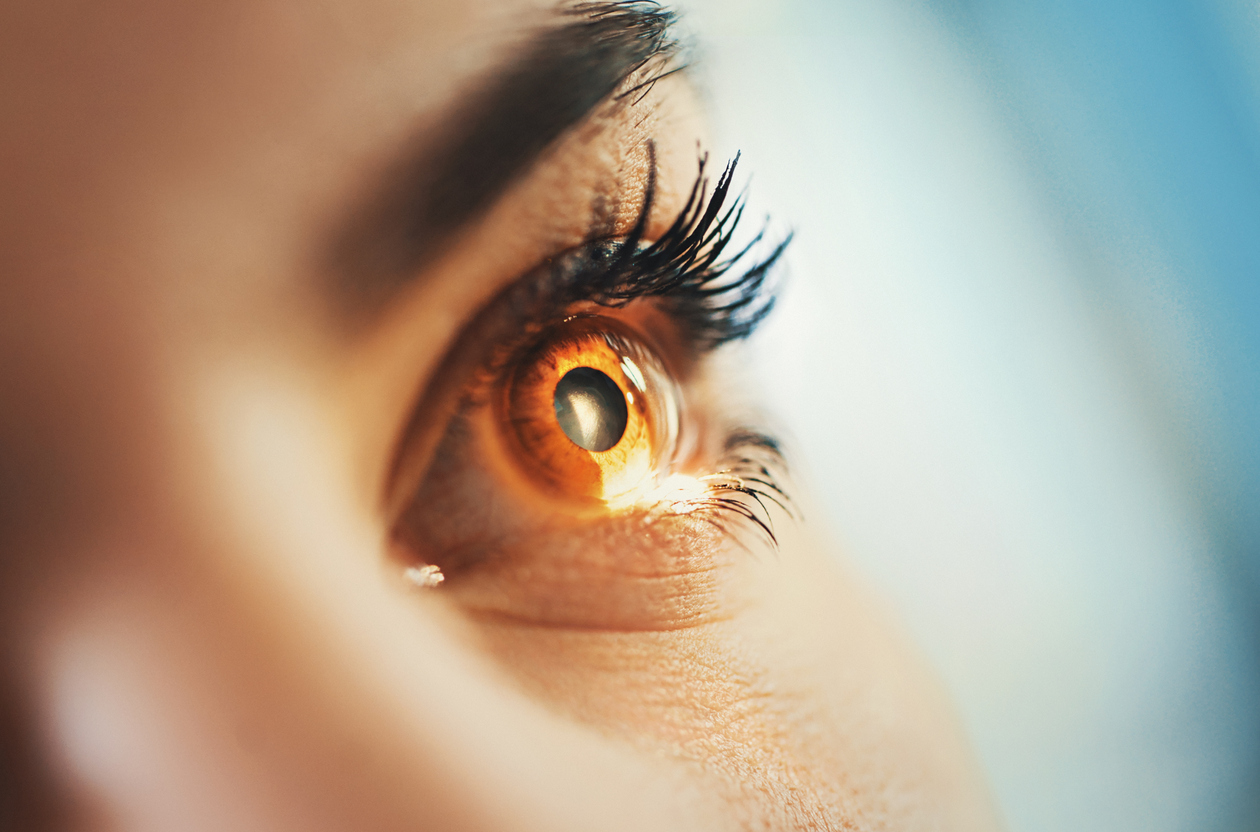How Diabetes Affects the Retina

It can be easy to take your sense of sight for granted, especially if you’ve never experienced any vision changes or loss before. However, it’s important to realize that optimal vision is not a given, especially if you have type 1 or type 2 diabetes. If diabetes goes untreated or unmanaged, it can have a significantly detrimental impact on your ability to see and can even cause permanent blindness. As November is Diabetic Eye Disease Awareness Month, this is an excellent time to learn more about how diabetes affects the retina and how you can take precautions toward maintaining your health and vision.
How Does Diabetes Affect the Retina?
The retina is a light-sensitive tissue located on the back wall of the eye. This tiny tissue plays a monumental role in your eye’s ability to see by collecting light signals and sending them to the brain via the optic nerve. The retina is supported by a small but complex vascular system that consists of several blood vessels. When a patient has diabetes, the blood vessels throughout the body are vulnerable to damage from elevated levels of glucose in the bloodstream. When this damage occurs in the retinal vascular system, it can cause fluid to leak into the retina. This is known as diabetic retinopathy.
Over time, diabetic retinopathy can cause significant damage to the retinal blood vessels and disrupt the retina’s supply of oxygenated blood, triggering a process known as neovascularization, which is responsible for the formation and growth of new blood vessels. In diabetic retinopathy, the new blood vessels are malformed and weak. They often bleed into the retina and vitreous and/or cause scar tissue to develop, all of which can significantly interfere with vision. Severe cases of diabetic retinopathy can sometimes lead to permanent vision loss.
What Are the Symptoms of Diabetic Retinopathy?
For many patients with diabetic retinopathy, symptoms don’t appear in the earliest stages. As the disease progresses, symptoms can vary in severity but generally include:
- Blurriness
- Eye floaters and/or flashes
- Dark spots in one or both eyes
- Loss of vision
- Difficulty with color perception
If you have experienced any of the above symptoms, schedule an appointment with a diabetic eye specialist as soon as possible, especially if you have already been diagnosed with type 1 or type 2 diabetes. The sooner diabetic retinopathy is detected, the easier it is to treat and the more likely you will be able to preserve your vision.
Can Retinal Damage From Diabetic Retinopathy Be Reversed?
Currently, there is no cure for diabetic retinopathy. In some cases, damage caused by diabetic retinopathy is irreversible, resulting in permanent vision changes or loss. However, there are treatments available that can help slow the progression of the disease. The primary treatment for diabetic retinopathy is a group of medications known as anti-vascular endothelial growth factor (anti-VEGF) drugs. These medications are injected directly into the eye and prevent the neovascularization process from occurring.
While anti-VEGF injections are effective in treating diabetic retinopathy, preventive care is the ideal way to manage the condition. The vast majority of vision loss cases due to diabetic retinopathy can be prevented by being proactive about managing your condition. The most important thing that a patient with diabetes should do is see a diabetic eye specialist at least once a year for a comprehensive retinal screening. These regular screenings can help catch diabetic retinopathy before any vision changes or loss occur.
Diabetes management is also a crucial component of preventing diabetes-related vision loss. Talk to your general practitioner about the health strategies that are best for you, including proper nutrition, physical activity, diabetes medications, and other lifestyle factors.
Advanced Diabetic Retinopathy Care in South Carolina
If you have diabetes or are concerned that you may have it, contact Palmetto Retina Center and schedule a comprehensive diabetic eye screening.
